Putting Our Knowledge And Experience To Work
Home » Birth Injuries » Spinal Cord Birth Injuries
Spinal Cord Birth Injury Lawyer
Ohio and Northern Kentucky Medical Malpractice Attorneys for Birth Trauma Leading to Spinal Cord Injuries
Spinal cord injuries are some of the most severe injuries anyone can suffer from, and they can happen to people of all ages, including infants. One of the main causes of spinal cord birth injuries is trauma during birth, which is often the result of a medical error.
When healthcare professionals fail to uphold the standard of care that’s expected of them, the consequences can be devastating. That’s why our medical malpractice attorneys at TLF: The Medical Injury Law Firm are dedicated to providing victims of medical negligence with compassionate support, experienced legal guidance, and relentless advocacy.
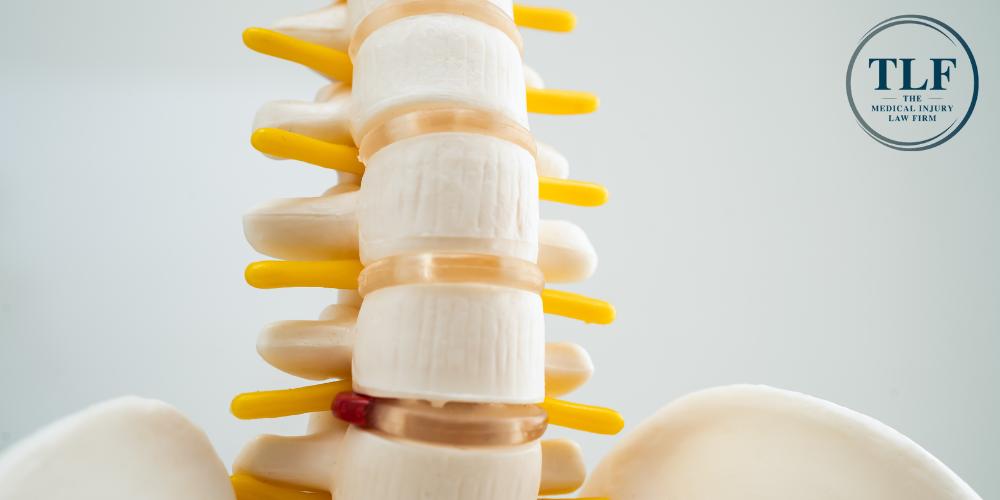
If your child suffered from a preventable birth injury like a spinal cord injury, you may be able to recover compensation for your losses. The Northern Kentucky and Ohio birth injury lawyers at TLF are here to help you seek justice and hold those responsible accountable for their negligent actions. We will fight tirelessly on your behalf so you can seek justice for your child’s injury.
Call us toll-free at (800) 698-4054 or contact us online to schedule a free consultation with a spinal cord birth injury lawyer on our team today.
What Happens if the Spinal Cord is Damaged at Birth?
Spinal cord birth injuries, though relatively rare, can have profound and life-altering consequences for newborns. The spinal cord is a vital part of the central nervous system, responsible for transmitting signals between the brain and the rest of the body. When the spinal cord is damaged at birth, the child may suffer from a range of neurological and physical challenges that can persist throughout their life.
One of the most immediate and apparent consequences of a spinal cord injury at birth is paralysis. Depending on the location and severity of the injury, a child may experience partial or complete loss of movement and sensation below the affected area. This can impact their ability to move limbs, control muscles, and even breathe, depending on the extent of damage.
Spinal cord injuries can also lead to a number of different problems, such as decreased sexual function later in life and a loss of control over bodily functions like bladder function and bowel movements. It can also cause someone to be more susceptible to pressure sores, infections, and respiratory problems.
Children who suffer from these kinds of birth injuries will likely suffer from complications for the rest of their lives. Not only that, but the long-term effects of these injuries can be emotionally and financially challenging for both the child and their family. Early intervention and a comprehensive support system are crucial in helping these children lead fulfilling lives despite the obstacles they may face.
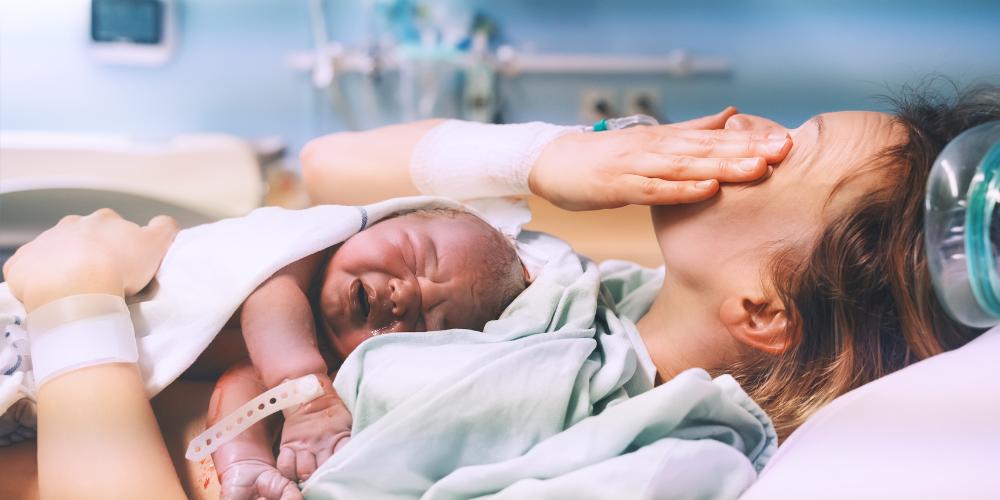
Types of Spinal Cord Injuries
There are a few different types of spinal cord injuries that differ based on the location of the injury. Below are some of the different types of spinal cord injuries that babies can suffer from before, during, or right after birth, as well as some of the different complications related to these spinal cord injuries.
Complete Spinal Cord Injury
A complete spinal cord injury occurs when the spinal cord is entirely severed or damaged to the point that no signals can pass through the affected area. This results in a total loss of sensation and motor function below the location of the spinal injury. This type of injury often leads to permanent paralysis and can have a profound impact on a person’s independence and quality of life.
Incomplete Spinal Cord Injury
In contrast to a complete spinal cord injury, an incomplete spinal cord injury means that some nerve signals can still pass through the damaged part of the spinal cord. While these injuries are less severe, they can still result in partial paralysis, loss of sensation, and motor impairments. The extent of the paralysis and type of deficits the child will suffer from all depend on the location and severity of the injury.
Tetraplegia (Quadriplegia)
Tetraplegia, also known as quadriplegia, is a specific type of paralysis that affects both the arms and legs, as well as the rest of the torso. It typically occurs when someone suffers from a spinal cord injury located in the cervical region of the spine, which is found in the neck. As a result of tetraplegia, individuals may experience paralysis or significant impairment in all four limbs, making it challenging to perform daily tasks independently.
Paraplegia
Paraplegia is another form of paralysis that only affects the lower half of the body, which usually includes both legs and part of the lower torso. Typically, paraplegia occurs when a spinal cord injury damages the thoracic or lumbar regions of the spinal cord, which can be found in the middle and lower parts of the spine.
Individuals with paraplegia can experience varying degrees of paralysis or loss of sensation in their lower limbs, which can significantly impact their mobility and daily activities. However, due to the nature of the paralysis, their upper body and arms will remain unaffected.
Anterior Cord Syndrome
Anterior Cord Syndrome is a relatively rare type of spinal cord injury that primarily affects the anterior (or front) portion of the spinal cord. This type of injury typically occurs as a result of a lack of blood to the spinal cord or direct trauma to the anterior cord region.
Individuals with anterior cord syndrome may experience a loss of motor function and temperature sensation below the injury site, but may still retain their ability to sense pain and touch in the same area.
Central Cord Syndrome
Another rare type of spinal cord injury is Central Cord Syndrome, in which the central part of the spinal cord is damaged. The center part of the spinal cord is responsible for various motor functions, but it has more control over the upper body than the lower body. As a result, individuals with central cord syndrome may experience weakness, paralysis, or loss of sensation in their arms and hands, while their leg function is relatively preserved.
Posterior Cord Syndrome
In contrast to Anterior Cord Syndrome, Posterior Cord Syndrome is a type of spinal cord injury where the posterior, or back, part of the spinal cord is damaged. Unlike most other spinal cord injuries, individuals with posterior cord syndrome often retain their motor function and muscle strength but may experience significant difficulties with proprioception (self-positioning), vibration sensation, and fine touch sensation.
Brown-Séquard Syndrome
Brown-Séquard Syndrome is a spinal cord injury in which one side, or hemisection, of the spinal cord is damaged. This can occur as a result of a penetrating injury, like a stab wound or gunshot wound, and can affect different bodily functions on both halves of the body.
On the side of the body where the injury is located, the person may experience paralysis, loss of vibration, and proprioception sensation. On the other side of their body, they will likely retain motor function but may lose pain and temperature sensation. These kinds of spinal cord injuries can result in an array of challenges, including difficulty coordinating movements and an altered sense of pain.
Cauda Equina Syndrome
Cauda Equina Syndrome is a rare but serious condition that results from the compression or injury of the spinal nerves at the base of the spinal cord, which are called the cauda equina. This syndrome often occurs due to a herniated disc, tumor, infection, or trauma in the lower back. It is marked by various symptoms, such as lower back pain, sensory deficits in the buttocks and saddle area (perineum), and varying degrees of weakness or paralysis in the legs. Additionally, individuals with this kind of spinal injury may experience bowel and bladder dysfunction, including urinary incontinence and fecal incontinence.
Conus Medullaris Syndrome
Conus Medullaris Syndrome is a spinal cord injury that affects the conus medullaris, the cone-shaped end of the spinal cord, which is located just below the lowest part of the spine. This syndrome often results from trauma, tumors, or other medical conditions in the lower spinal region.
Symptoms of conus medullaris syndrome can vary, but they typically include weakness or paralysis in the lower limbs, altered sensation in the perineal area, and difficulties with bladder and bowel control. Like with most other spinal cord injuries, the extent of the dysfunctions or deficits will depend on the specific location and severity of the injury.
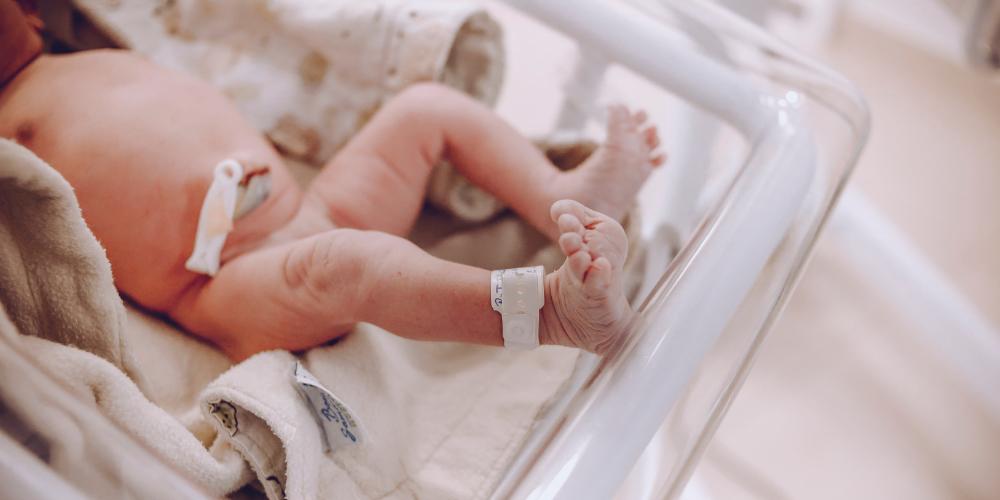
Signs of Spinal Cord Injury in Infants
Not all spinal cord injuries are immediately apparent, especially to those who aren’t medical professionals. However, there are some signs that can indicate an infant has suffered from a spinal cord injury. These can include:
- Abnormal spine alignment
- Noticeable lack of movement
- Weakness or paralysis
- Changes in reflexes
- Signs of pain and discomfort
- Changes in sensation
- Breathing difficulties
It’s important to note that certain symptoms of a spinal cord injury are very similar to the symptoms of cerebral palsy. If a child is suffering from these symptoms, the doctor should rule out cerebral palsy as soon as possible in order to avoid an incorrect or missed diagnosis.
Causes of Spinal Cord Injury at Birth
Like many birth injuries, spinal cord birth injuries can be caused by various things before, during, and after the labor and delivery process. Some causes of spinal cord injuries in infants include:
- Traumatic delivery
- Long and prolonged labor
- Poor positioning of the baby
- Maternal health conditions
- Larger birth weight
- Misuse of medical instruments like forceps or vacuum extractors
- Genetic abnormalities
One of the primary causes of spinal cord injury during birth is a traumatic delivery. This can happen when excessive force is applied during the birthing process, particularly during the passage through the birth canal. Medical professionals are expected to use the necessary amount of force when assisting in delivery, even in urgent situations like births involving shoulder dystocia. When they use excessive force on the baby, they can cause severe damage to the infant’s spinal cord.
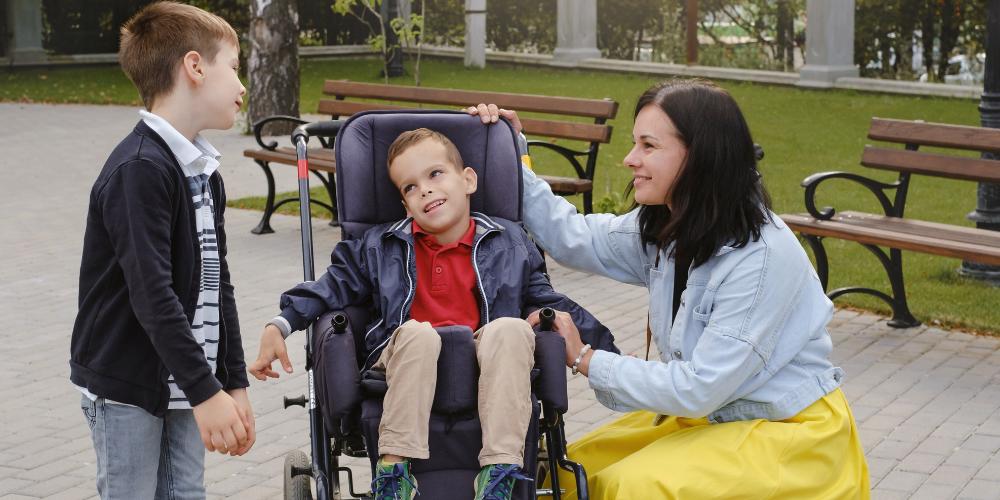
Spinal Cord Birth Injury Treatment
Many spinal cord injuries are permanent, but while the damage likely can’t be reversed, the symptoms can certainly be treated. Treatments for spinal cord birth injuries aim to prevent additional damage, assist with various bodily functions, and improve the child’s overall quality of life. Treatment options include:
- Surgical interventions
- Ventilation (if the infant has trouble breathing on their own)
- Rehabilitation therapy
- Assistive devices like wheelchairs or braces
- Medications to reduce pain or inflammation of the spinal cord
- A bladder catheter
- A feeding tube
When doctors suspect a child has suffered from a spinal cord injury, it’s important that the infant receives immediate medical attention. This will allow medical professionals to assess the injury and stabilize the baby’s condition to prevent further damage. Failure to do so can result in irreversible damage to the spinal cord or even death.
Can You Sue for Spinal Cord Birth Injuries?
Yes, if your child’s spinal cord birth injury was the result of medical negligence, you may be able to file a lawsuit against the medical professionals responsible for the incident. Doctors, nurses, and other medical personnel are expected to provide their patients with a minimum standard of care. When they breach the standard duty of care, the results can be catastrophic.
Parents of children with birth injuries can file a medical malpractice lawsuit against the parties responsible for their child’s injuries. This will allow them to seek compensation for their losses, like medical bills, lost wages, caregiving costs, and emotional distress, among others.
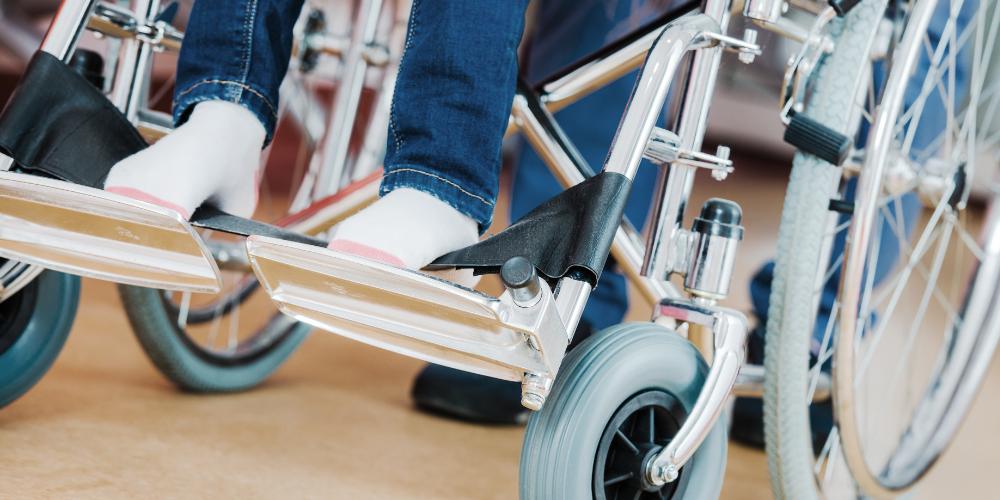
Navigating a Medical Malpractice Lawsuit for Your Child’s Birth Injury
Like all liability claims, birth injury lawsuits can be difficult to navigate. Birth injury claims are only valid in certain situations, and may not apply to all birth injuries. They also require proof that a healthcare provider involved in the birth was negligent in their duty of care.
In order to prove negligence, the four elements of negligence must be present in a given case. Those elements are:
- A Duty of Care – an obligation to provide the patient with a minimum standard of care
- A Breach of Duty of Care – an action or omission that breached the duty of care
- Causation – the link between the victim’s injuries and the breach of care
- Damages – the losses the victim or their family suffered as a result of the injuries
In court, expert medical testimony may be required to establish a minimum standard of care and demonstrate how it was violated. From there, it has to be proven that the breach of duty caused the child’s injuries, which led to damages.
On top of all of that, these damages have to be calculated. They can include a variety of losses, including past expenses, estimated future expenses, and intangible damages like emotional damage and lost quality of life.
If your child has suffered from a birth injury, it’s essential that you seek legal guidance from an attorney. Birth injury lawyers are experienced in gathering evidence, calling in expert witnesses, and developing a strong case against negligent medical providers. An experienced birth injury attorney can help determine if your case is viable and stand by your side throughout the process, advocating for you and fighting for compensation on your and your family’s behalf.
How the Birth Injury Lawyers at TLF Can Help
At TLF: The Medical Injury Law Firm, we understand the profound impact that a birth injury can have on a child and their family. Our experienced team of birth injury lawyers is dedicated to providing compassionate and comprehensive legal representation to families in Northern Kentucky and Ohio who have been affected by medical malpractice during childbirth.
Our attorneys specialize in medical malpractice claims involving children and have a deep understanding of complex birth injury claims. Our top birth injury attorneys will also provide you with clear and informed guidance at every step, from gathering evidence to negotiating with insurance companies or representing you in court if necessary.
With extensive experience handling medical malpractice claims, our team will carefully review medical records and the circumstances surrounding the birth injury to ensure eligibility. We’ll also be able to gather expert witness testimonies and build a strong and effective case against the negligent medical professionals responsible for your child’s injuries.
TLF has offices in both Kentucky and Ohio, and our attorneys have a deep understanding of the legal landscape in these states. We are well-versed in state-specific laws and regulations governing medical malpractice cases and will use our local knowledge to your advantage.
If you are in need of a birth injury lawyer, the dedicated birth injury attorneys at TLF: The Medical Injury Law Firm are here to provide you with the experienced and compassionate legal representation you need.
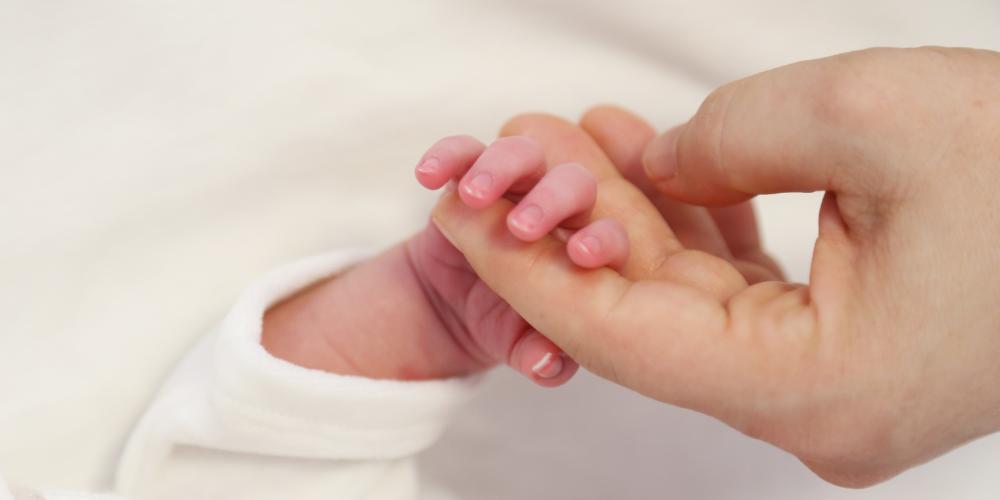
If You Believe You Have a Spinal Cord Birth Injury Claim, Call TLF: The Medical Injury Law Firm Today for a Free Consultation
The birth injury lawyers at TLF: The Medical Injury Law Firm are committed to helping families in Northern Kentucky and Ohio who have been affected by spinal cord birth injuries due to medical malpractice. We understand the emotional and financial toll that these injuries can take on your family, and we are here to provide the legal support and guidance you need.
Your child’s well-being is our top priority, and we are dedicated to fighting for their rights and future. If you suspect that your child’s birth injury resulted from medical negligence during childbirth, reach out to us regarding your potential birth injury lawsuit.
We have offices in Covington, KY and Cincinnati, OH, so call our office closest to you. You can reach our Kentucky office at (859) 898-2472 or our Ohio office at (513) 643-1689. You can also call us toll-free at (800) 698-4054 or contact us online to schedule a free consultation with an experienced birth injury lawyer on our team today.
Practice Areas
You Pay No Fees Unless We Win!
We are happy to offer a free consultation to evaluate your case. If you hire us as your legal counsel, we will represent you on a contingency-fee basis. You will pay no attorneys’ fees unless we recover financial damages.
